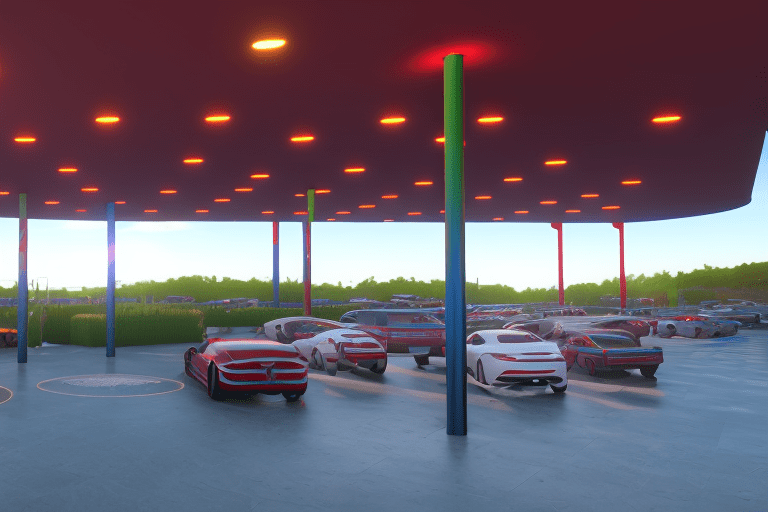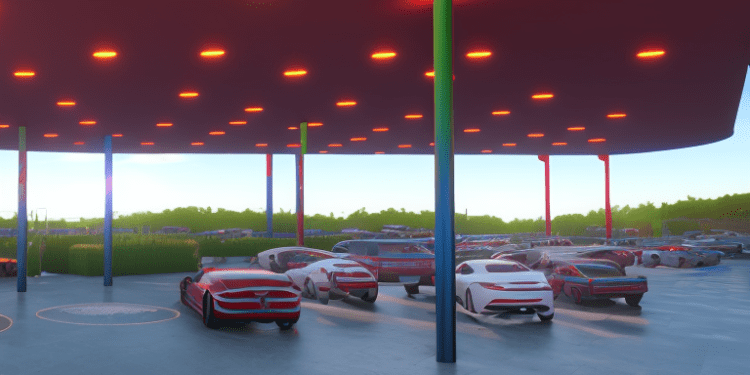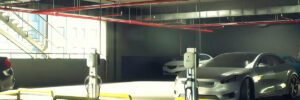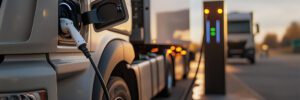Tesla’s move to open up its Supercharger network to non-Tesla EVs in the US is a major step forward for the electric vehicle (EV) industry. The White House recently announced that Tesla will make at least 7,500 chargers available for all EVs by the end of 2024, including 3,500 new and existing 250 kW Superchargers along highway corridors and Level 2 Destination Charging at locations like hotels and restaurants in urban and rural locations. All EV drivers will be able to access these stations using the Tesla app or website. Additionally, Tesla plans to more than double its full nationwide network of Superchargers.
The move is a response to the Bipartisan Infrastructure Law, which makes $7.5 billion in funding available for public EV charging infrastructure, but only charging stations that serve all brands of EVs are eligible. Tesla stands to benefit from this funding, as well as from the increased brand recognition that comes with allowing non-Tesla drivers to use its app and charging network.
However, there are still some questions that remain. Will opening the network increase congestion at Superchargers? Will Tesla have to change the layout of its stations to accommodate EVs that have their charge ports in other locations? Will it be allowed to charge non-Tesla drivers a higher rate for charging?
Ultimately, Tesla’s decision to open up its Supercharger network could prove to be a positive or a negative development for the EV trend-setter. While it may lose one of its major competitive advantages, it could also benefit from increased brand recognition and access to more funding. Only time will tell how this move will affect Tesla’s future.
FAQ
Q1: Are electric car batteries recyclable?
A1: Yes, electric car batteries are recyclable.
Q2: Are electric car chargers free?
A2: It depends on the charger and the location. Some electric car chargers are free, while others may require a fee.
Q3: Can electric car batteries be rebuilt?
A3: Yes, electric car batteries can be rebuilt with the right tools and knowledge.











